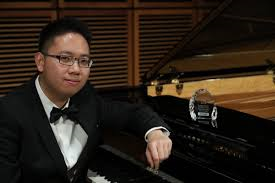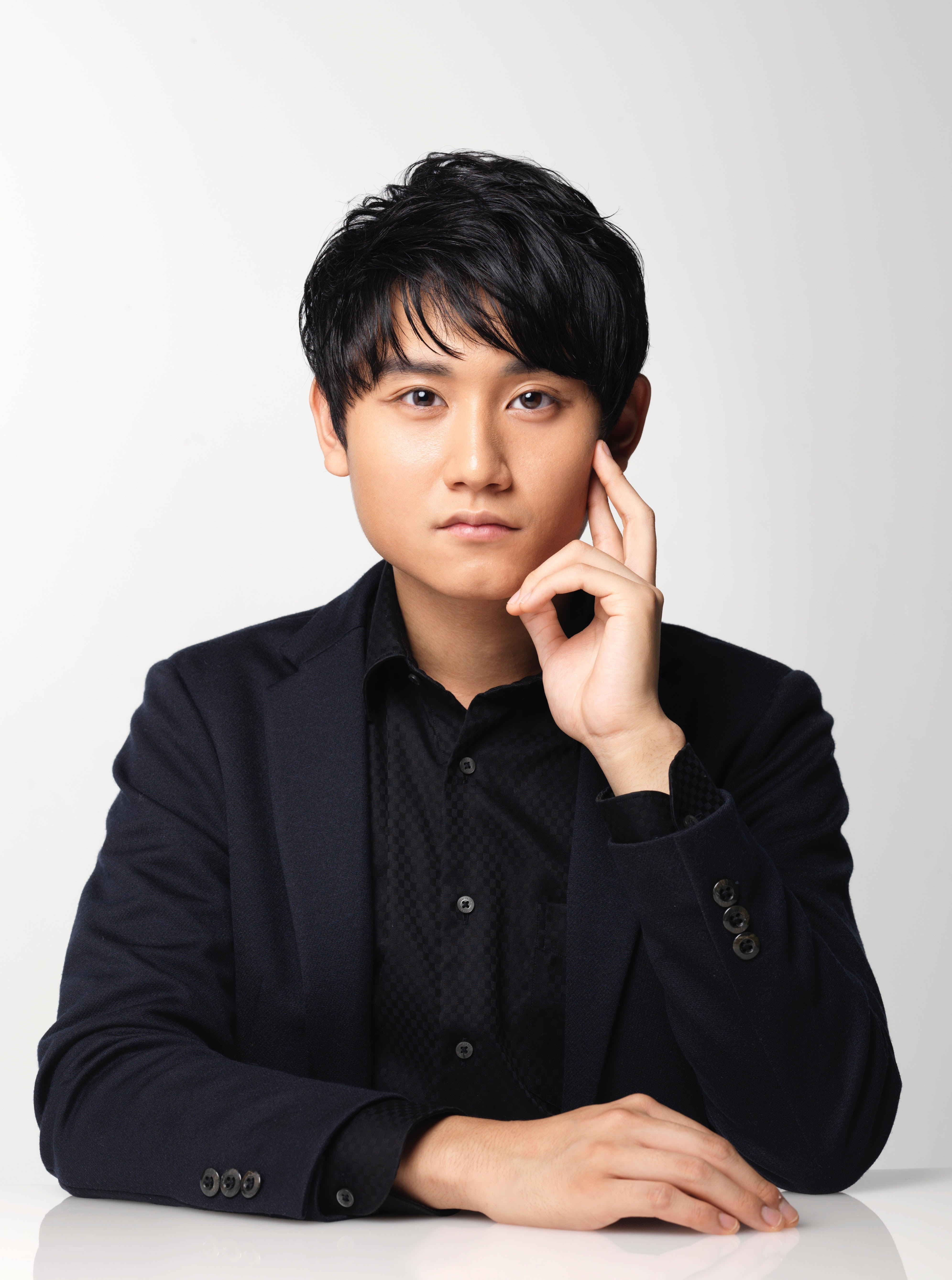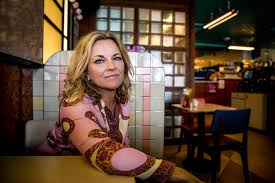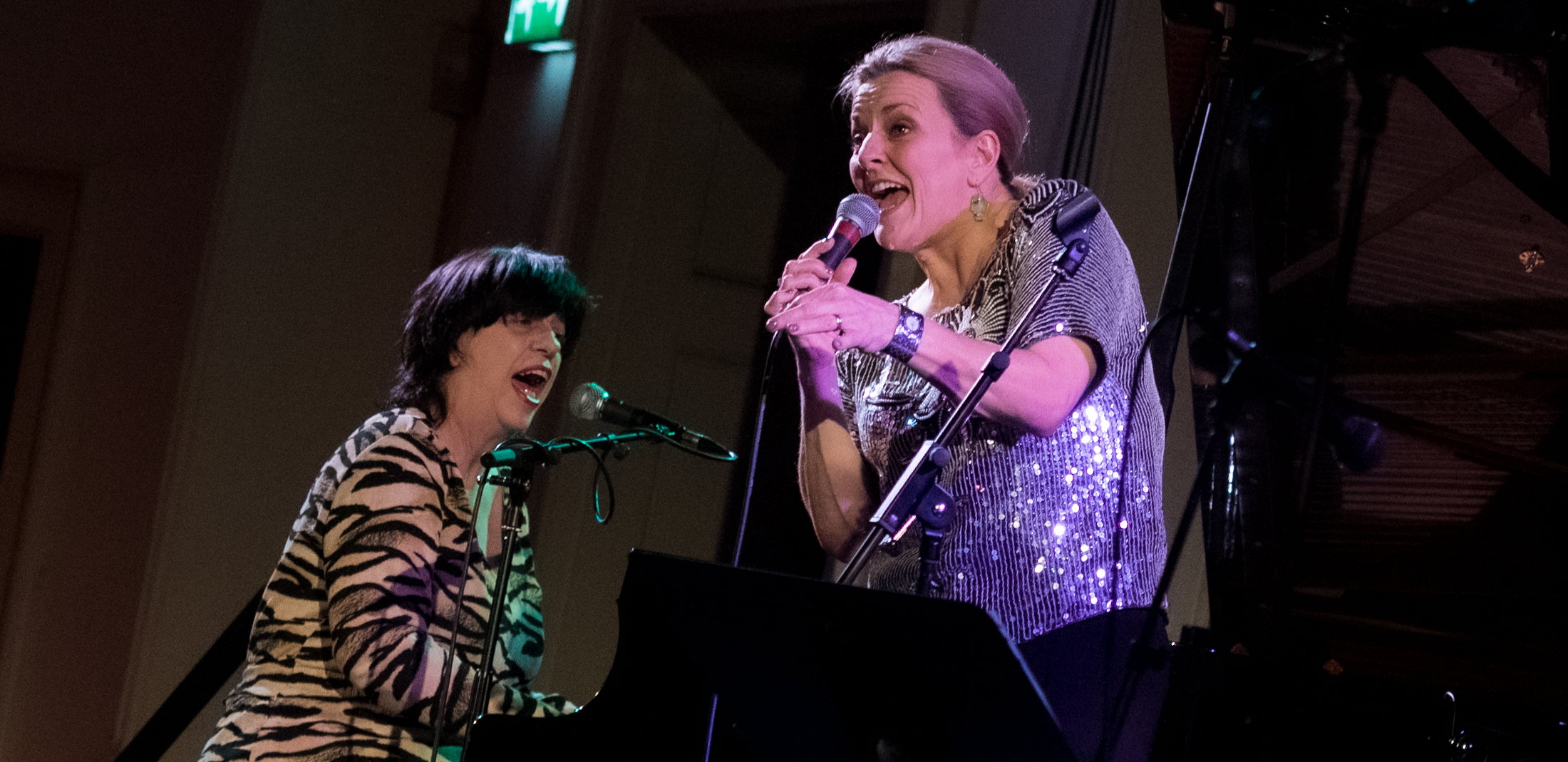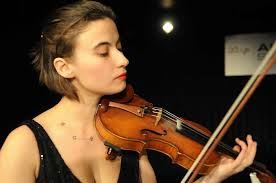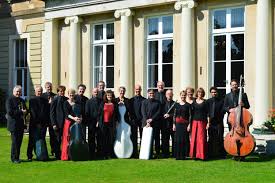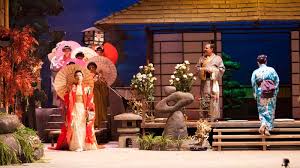Last Friday, the weekly concert from HIPF during this lock-down period was given by the 2019 Hastings International Piano Concerto Competition Prizewinner, Alexander Yau.
On of the fascinating aspects of this series has been the range of venues from which the young players are performing. On this occasion Alexander Yau was in his music room in Sydney, having got back home from the Julliard School in New York just before the lock-down came into effect. On this occasion the sense of intimacy was overwhelming, as we were standing right by the piano and – had he been playing from the score – we could have turned over for him.
This closeness has its slight discomforts as every little additional sound, from his finger-tips on the keyboard in longer runs to the squeak of a pedal, is magnified far more than it would be in a concert hall or larger studio. However this is inconsequential compared with the sense of involvement it gives us with the music-making.
He opened with Liszt’s arrangement of Schubert’s Der Muller und der Bach. This was reflectively romantic, heightened by Liszt’s warmth, but never straying too far from Schubert’s original song. Liszt came into his own with the Concert Etude No2 La Leggierezza though even here the opening is reserved, with the occasional florid touch, before building in excitement and pace, before returning to a quiet, almost sombre, conclusion.
If these two works may have been less familiar, the concluding Barcarolle in F sharp major Op.60 by Chopin brought us on to headily romantic ground and an extended moment of wallowing indulgence. Alexander Yau phrased this with passion and intense involvement without ever lapsing into sentimentality, leaving us wanting more. Let us hope we are able to hear him again soon live, not in his music room.

